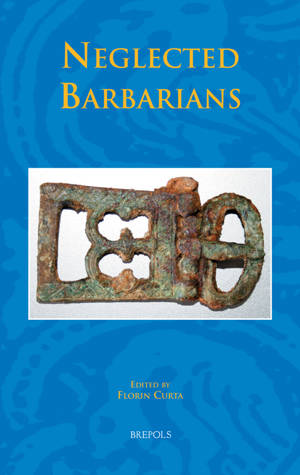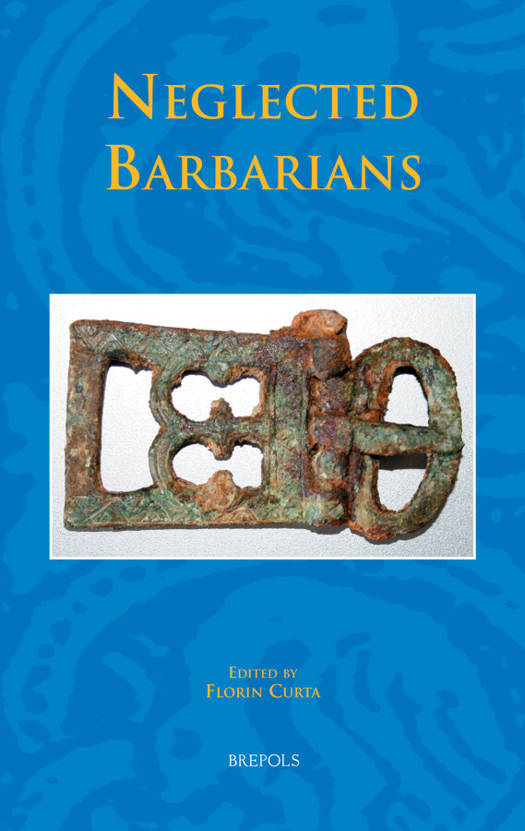
- Retrait gratuit dans votre magasin Club
- 7.000.000 titres dans notre catalogue
- Payer en toute sécurité
- Toujours un magasin près de chez vous
- Retrait gratuit dans votre magasin Club
- 7.000.0000 titres dans notre catalogue
- Payer en toute sécurité
- Toujours un magasin près de chez vous
Description
Although barbarians in history is a topic of perennial interest, most studies have addressed a small number of groups for which continuous narratives can be constructed, such as the Franks, Goths, and Anglo-Saxons. This volume examines groups less accessible in the literary and archaeological evidence. Scholars from thirteen countries examine the history and archaeology of groups for whom literary evidence is too scant to contribute to current theoretical debates about ethnicity. Ranging from the Baltic and northern Caucasus to Spain and North Africa and over a time period from 300 to 900, the essays address three main themes. Why is a given barbarian group neglected? How much can we know about a group and in what ways can we bring up this information? What sorts of future research are necessary to extend or fill out our understanding? Some papers treat these questions organically. Others use case studies to establish what we know and how we can advance. Drawing on those separate lines of research, the conclusion proposes an alternative reading of Late Antiquity and the early Middle Ages, viewed not from the 'centre' of the privileged but from the 'periphery' of the neglected groups. Neglected Barbarians covers a longer time span than similar studies of this kind, while its frequent use of the newest archaeological evidence has no parallel in any book so far published in any language. Professor Florin Curta researches the written and archaeological evidence of medieval history on the European continent. His recent studies dealt with such diverse topics as power representation in early medieval Bulgaria; the archaeology of service settlements in the early Middle Ages; the earliest Avar-age stirrups; the history of medieval archaeology; hilltop settlements in the early Byzantine Balkans; the archaeology of identity in Old Russia; the Amber Trail in early medieval Europe; and the history of Southeastern Europe in the Middle Ages.
Spécifications
Parties prenantes
- Auteur(s) :
- Editeur:
Contenu
- Nombre de pages :
- 656
- Langue:
- Anglais
Caractéristiques
- EAN:
- 9782503531250
- Date de parution :
- 04-11-11
- Format:
- Livre relié
- Format numérique:
- Genaaid
- Dimensions :
- 165 mm x 244 mm
- Poids :
- 1360 g

Les avis
Nous publions uniquement les avis qui respectent les conditions requises. Consultez nos conditions pour les avis.






